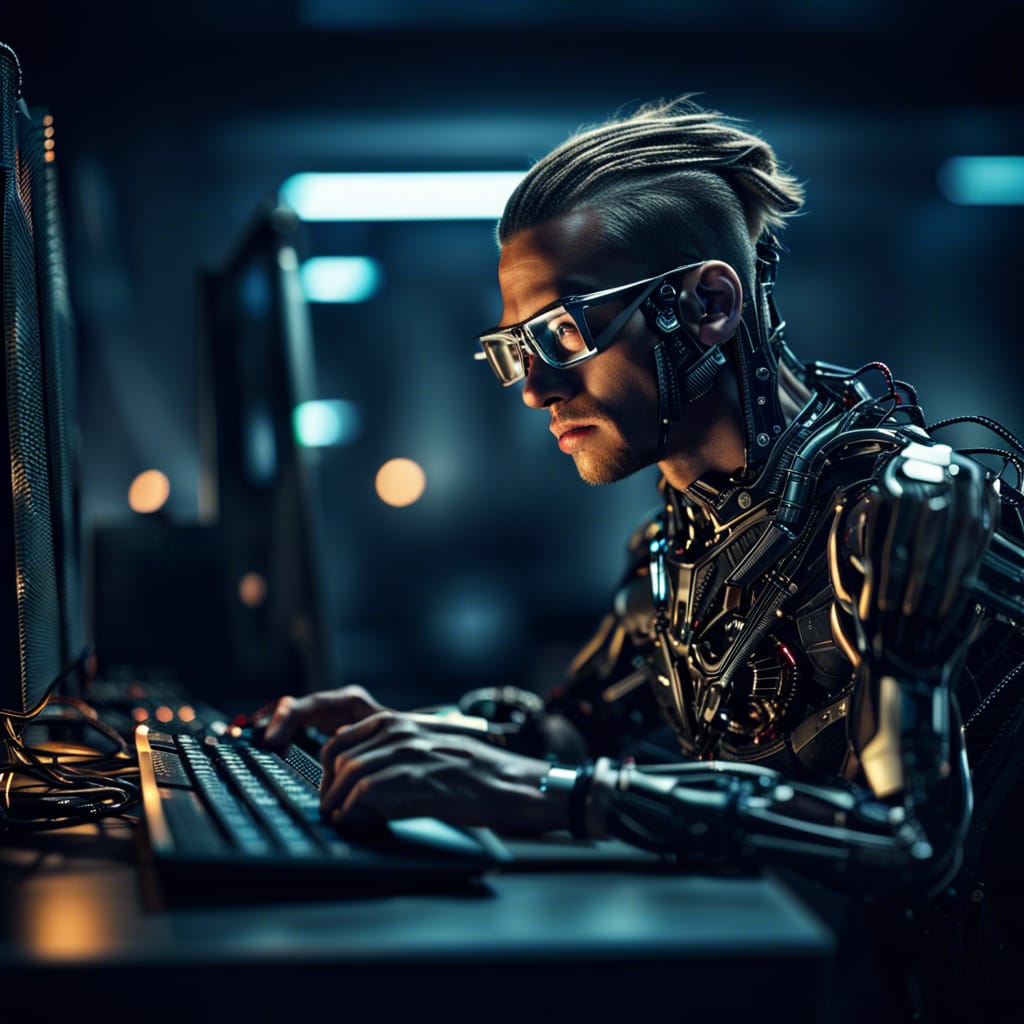Getting Started with AI Image Generation A Beginner’s Guide
Artificial Intelligence (AI) has revolutionized the field of image generation, allowing us to create stunning and realistic visuals with the power of machine learning. In this guide, we’ll walk you through the process of creating a simple AI image generator in a limited domain. By following these steps, you’ll gain valuable insights into the world of AI image generation and build a strong foundation for more complex projects.
Introduction
AI image generation involves training a model to create images that are visually indistinguishable from real ones. This technology has diverse applications, from creating artwork to generating lifelike images for video games and movies. In this guide, we’ll focus on a beginner-friendly approach using a pre-trained model.
Choosing Your Domain
As a beginner, it’s best to start with a limited domain. Choose a specific category for your images, such as animals, objects, or scenes. By working within a narrow scope, you can achieve better results with a smaller dataset.
Preparation
To begin, you’ll need a pre-trained model that serves as the foundation for your image generator. We recommend using the BigGAN model, a powerful Generative Adversarial Network capable of producing high-quality images. You can find the pre-trained BigGAN model here.
Gathering and Preprocessing Data
- Collect a small dataset of images related to your chosen domain. Quality is more important than quantity at this stage.
- Resize and normalize the images to a consistent size. Tools like Python’s Pillow library can help with this process.
- Label your images appropriately. For instance, if you’re generating animal images, label each image with the corresponding animal type.
Fine-Tuning the Model
1. Load the pre-trained BigGAN model.
2. Modify the model’s architecture to match your chosen domain and dataset size.
3. Freeze the initial layers of the model and fine-tune the remaining layers using your limited dataset.
4. Adjust hyperparameters such as learning rate, batch size, and training epochs for optimal results.
Generating Images
1. Once your model is trained and evaluated, you can use it to generate images.
2. Provide random noise or specific input vectors to the generator network to create diverse images.
3. Experiment with different inputs to observe how the model responds.
Challenges and Next Steps
While this guide helps you create a simple AI image generator, keep in mind that challenges may arise. Limited dataset size can affect image diversity and quality. To improve your results:
1. Experiment with different architectures and techniques.
2. Explore additional pre-processing methods for your data.
3. Consider using more advanced models as you gain experience.
Conclusion
Congratulations! You’ve successfully created a simple AI image generator in a limited domain. This hands-on experience will serve as a strong foundation for your journey into the world of AI and image generation. Remember that practice and exploration are key to mastering this exciting field.
Additional Resources
Generative Adversarial Networks (GANs) – A Comprehensive Guide
For questions, feedback, or further assistance, please reach out to info@now-ai.nl

Leave a Reply